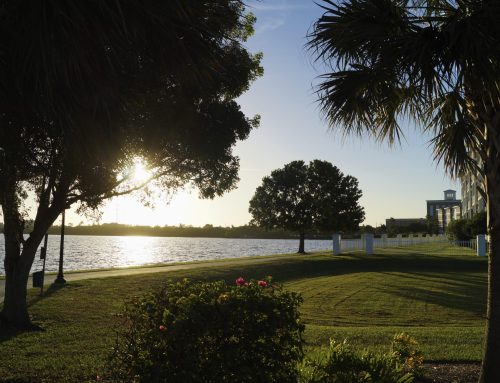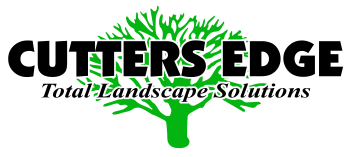What Tree Trimming Tools You Really Need to Care for Your Landscape
During winter, the majority of your trees and shrubbery will be bare and in its dormant phase. If you’re looking to improve the overall health of your trees then now is the time to examine them and see which branches need some TLC.
Perhaps you’ve already performed this arboreal audit and are ready to start trimming, but where do you begin? If you’re an amateur landscaper, you can quickly become overwhelmed by the different types of tools that are available. Even if you have lots of experience caring for trees, it’s always worth brushing up on the basics. That’s why we’ve put together this simple guide to help you when considering which tree trimming tools you should invest in to keep your landscaping blooming for many years to come.
Pruning Shears
This important tool has many names: pruners, clippers or secateurs. Whatever you call them, just be sure to keep them close. These will most likely be your most used tool when it comes to tree trimming… perhaps even gardening in general! Pruning shears are hand-held and can cut branches and twigs up to ¾ of an inch; making them perfect for pruning flowers, shrubs, vines and small growth on trees.
There are three different types of pruning shears: anvil, bypass, and ratchets. The bypass pruning shears is the most popular of the three and acts like scissors. Anvil pruners have a straight blade that uses a splitting action. These are most commonly used for cutting dry branches and stems. Similar to anvil pruners, ratchet pruners work much the same way but they have a mechanism that cuts in stages. Ratchet pruners are good for people who perhaps have a wrist injury or arthritis, and don’t want to strain their wrist.
Pole Pruner
The pole pruner is especially useful for taller trees. This tool is designed to reach dead wood or for light pruning. They can generally be used on any tree and can cut through branches up to 1 ¼ inch in diameter. Pole pruners are a must have tree trimming tool because of their height advantage. Pole pruners can reach up to eight feet or more, which essentially eliminates the need for a ladder. There are even electric pole pruners to help you get the job done that much quicker. Be sure to purchase a pole pruner with both a bypass blade and pruning saw to get the most bang for your buck.
Loppers
If you have any flower or fruit trees, then you are going to want to get a pair of loppers. Perfect for branches up to 2 ½ inches thick. Similar to pruning shears, loppers come as anvil or bypass varieties as well. However, anvil loppers can harm live branches so go for bypass loppers unless you’re cutting dead limbs.
Minor shaping and trimming of your trees between annual pruning will help maintain your trees and keep them looking their best. However, more advanced tree trimming can be dangerous and should be left to the professionals. Contact Cutters Edge if you have need of skilled arborists to help maintain your trees and landscaping.





